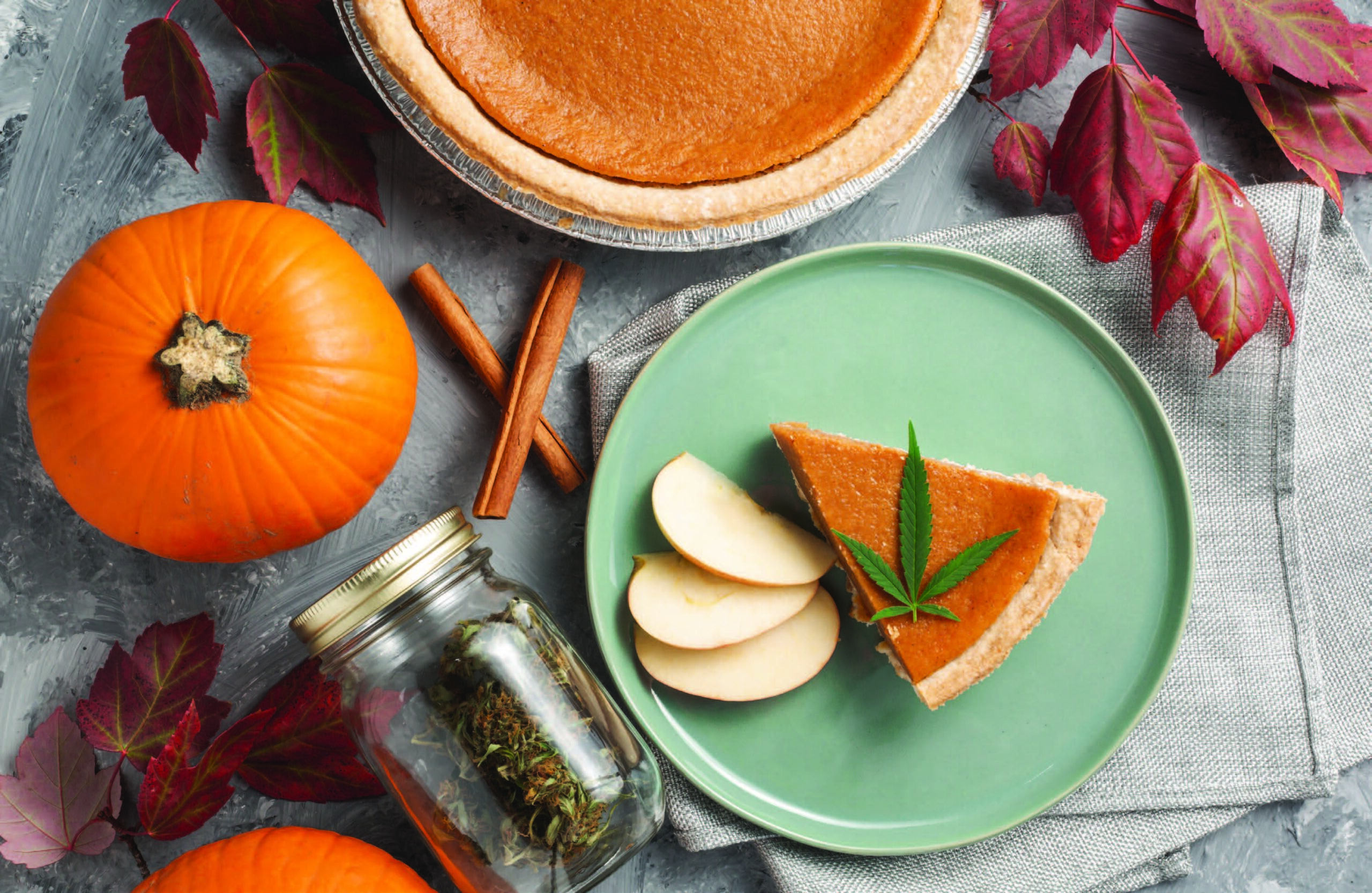As I said last week, rosè is not just a shallow beverage for summer sipping, but a wine with history, technique, process, and complexity, that can make it worth diving into as an intellectual pursuit. I had some writer friends over to drink rosè this past week, and I think we all experienced some insightful and revelatory wines.
When choosing the wines, I wanted to get the breadth of the rosè experience. I wanted various prices, sources, styles, producers, and techniques. I chose a single grape rosè – in this case, a Pinot Noir; an appellation (meaning a wine from a specific region); and a blend (meaning a wine that doesn’t say where it’s from or how it’s made). There are other aspects of choosing wines, such as vintage (the year that the grapes were grown), which also influences the price, quality, and availability of a wine. I avoid worrying about vintage unless I really know a producer and their specific labels well enough to distinguish a difference from vintage to vintage. Most casual wine drinkers don’t notice these differences, so I’m not going to look at older vintages of rosè.
A Vin Gris is a white or rosè wine produced from a black grape. Sean Minor Vin Gris 2016 is a single-grape rosè that incorporates the saignée method of rosè production (saignée is French for “bleed” and during the process, lighter colored juice is bled off of the crushed grape must of a larger batch of red wine). This wine is salmon in color with the aroma of rose or strawberry water, petrichor, and flavor notes of apricot, peaches and good fruitiness without a lot of tartness or tannins. And most notably, this is very clean and very dry. At $10.99, it’s an excellent wine to drink alone, or paired with soft cheese.
An appellation, or wine from a particular region, is often a strictly government-regulated aspect of the wine’s character. European appellation wines are very much enforced with AOP being of the highest quality, or most locally produced (all the grapes, the producer, the bottler, etc, are as close to the winery as possible). J.L. Quinson Cotes De Provence is from the Provence region of France, one of the renowned rosè-producing regions in the world. Purchased at a Trader Joe’s, it was pretty cheap ($6.99), but I was very surprised by the quality. It is a very pale, light-in-color rosè with a subtle nose of wild flower, wet grass, and quarry stone. The flavor is noticeably different from other dry rosès, in that it is quite tannic and tart, with a pop of strawberry and strong nudges of sweet melon.
The Francis Ford Coppola winery is a producer I had heard of, and the Sofia Rosè has a unique outward presentation. The uniquely-shaped bottle (one of my guests described the shape as “a perfect butt plug for a horse”), with a very small label (which said little about the wine, but my own investigation revealed that it is a blend of three different reds), that really showed off the unique color. I described it as “viking blood red.” It really stood out for its color, and for its price – $19.99 (other than older vintages of rosè, this is the most expensive rosè that I saw) – so I kind of had to add it to the list. However alluring the deepness of the red, there was no pronounced nose, maybe a little floral and ripe fruit, but that felt like a reach. It did have a lush flavor of berry-like fruitiness of strawberry, cherry, and blueberry, with absolutely no tannins and a subtle tartness. It was dry with a clean finish. It was a drinkable wine with enough fruitiness to stand up to pairing with rare steak, but for $20 I could have drank three bottles of the Cote De Provence and been just as happy.
Special thanks this week to Sue Harrington at Sean Minor Wines for the details on the wine making techniques.Robert Alan Wendeborn is a former cellar operator at Ska Brewing and current lead cellar operator at Tin Roof Brewing in Baton Rouge, Louisiana.













